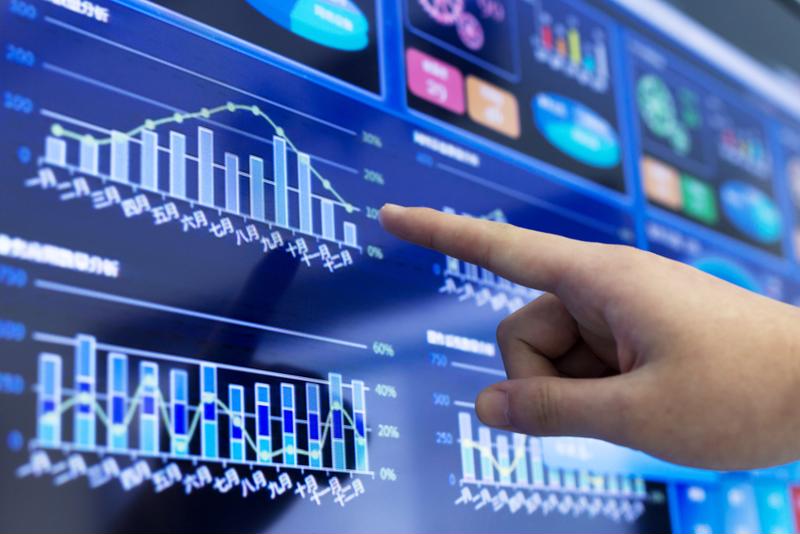As a supply chain professional, you are no doubt aware of the ways in which the business has changed over the past several years, and are likely looking forward to even more seismic shifts in those to come. The question is, what's coming down that road? As the novel coronavirus pandemic highlighted, it's not always easy to predict the future, let alone prepare for it, but it's still a good idea to get the lay of the land as best you can.
Perhaps the biggest issue facing the supply chain today is recovering from the disruptions caused by the pandemic, according to the most recent Digital Supply Chain Survey from the National Association of Manufacturers. For example, 75% of respondents said their supply chains were negatively impacted by the outbreak, but for the vast majority of those businesses (60% in all), the disruptions were relatively minor.

Nonetheless, 53% of respondents said they are looking at ways to redesign their supply chain processes or have already started implementing changes, the report said. However, fewer than 1 in 4 considered themselves "very capable" of identifying risk in their supply chains, and even fewer — just 17% — had fully integrated their supply chain operations to be fully digital.
Looking at the data
That latter point is something that many pros realize already: A digital supply chain is likely to be highly important for any companies hoping to make the most of the next several years and beyond. Indeed, Gartner recently highlighted "digital business" as one of the three biggest emergent trends that will determine the future of the supply chain sector. Simply put, customers will continually expect that companies give them more insight into where shipments are, and any businesses that aren't in a position to do that could find themselves falling behind the competition.
"Given the critical role of supply chain in ensuring customer satisfaction and experience, much of the digitalization efforts will be on the shoulders of the [chief supply chain officer]," Mr. Burkett said. "This is the greatest transformation of supply chain structures in a long time, and it will not be easy."
Another big trend? The future of U.S.-China trade relations, which isn't exactly on stable ground, and is likely to keep shifting considerably in the next several years. Other uncertainty for the global supply chain includes the continuing fallout from Brexit, among other issues.
Making the right call
The good news is that many companies currently seem to be making strong strategic investments that will set them up for success both now and in the future, according to a recent Kenco poll. For example, more than 80% of industry respondents say they are either investing in supply chain visibility or choosing to do so. Almost 3 in 5 are doing the same for automation and robotics, and more than 40% are ramping up use of sensors for the internet of things.
Certainly, every supply chain organization is different, but the more you can do to understand your needs as the industry continues to evolve, and then act strategically to address them, the better off you will be when it comes to tackling the the next great challenge.



Post A Comment:
0 comments so far,add yours